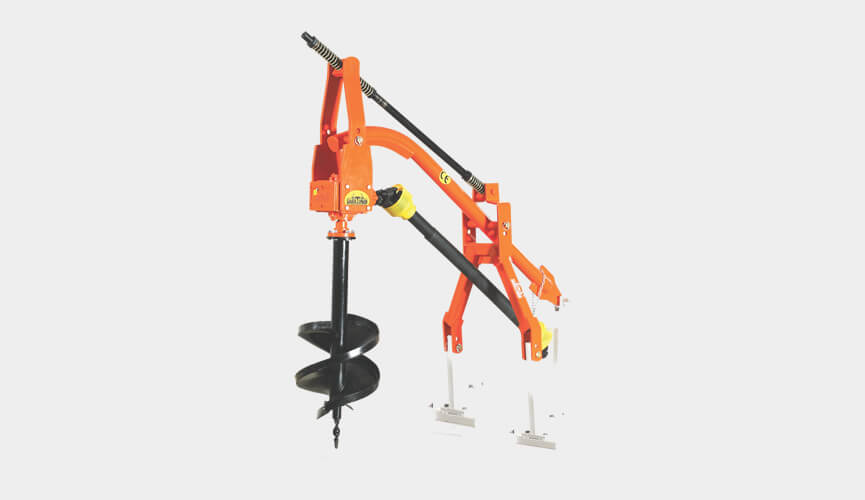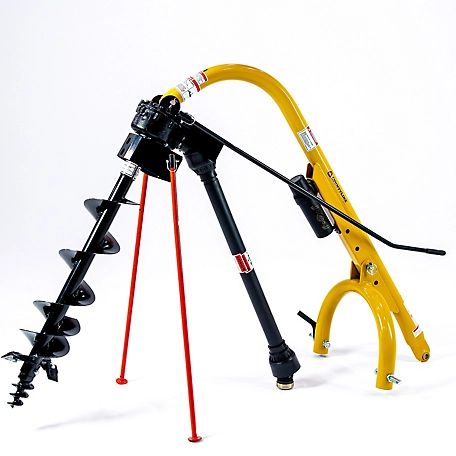Product Description
Product Description
mini excavator chinese mini excavator for sale cheap mini excavator
1000kg hydraulic mini excavator with competitive prices
Main Features
1) Simple structure in linear type ,easy in installation and maintation.
2) Adopting advanced world famous brand components in pneumatic parts ,electric parts and operation parts.
3) High pressure double crank to control the die opening and closing.
4) Running in a high automatization and intellectualization,no pollution
5) Apply a linker to connect with the air conveyor ,which can directly inline with filling machine .
We also have 0.8 ton , 1 ton,1.6 ton, 1.8 ton,2 ton,2.2 ton and 3.5ton mini Excavator for you too choose!
Detailed Images
Parameter
| Model | HT10 |
| Color | Yellow,Red,Orange,Blue… |
| Operating Weight | 1000kgs |
| Digging bucket capacity | 0.571cbm/120kg |
| Bucket width | 380mm |
| Engine | Changchai |
| Bore stroke | Single cylinder, fan cool |
| Rated power | 8.6 kw/3600r/min |
| Displacement | 0.211L |
| Bore stroke | 70×55 |
| Main pump | CBK-F6.8 |
| Displacement | 6.8ml/r |
| Swing motor | SJ-TECH (MP-1-160) |
| Traveling motor | KERSEN(OMS-2450) |
| Travel speed | 1.5km/h |
| Overall dimension( LxWxH) | 2770x896x1490 mm |
| Wheelbase | 910 mm |
| Total length of track | 1230mm |
| Platform ground clearance | 380 mm |
| Chassis width | 896 mm |
| Track width | 180 mm |
| Chassis ground clearance | 132 mm |
| Track height | 320 mm |
| Max. CHINAMFG depth | 1650 mm |
| Max. Vertical CHINAMFG depth | 1375 mm |
| Max. CHINAMFG height | 2610 mm |
| Max. Dumping height | 1850mm |
| Max. CHINAMFG radius on ground | 2850mm |
| Min. Rotation radius | 1330 mm |
| Max. Upgrade height of bulldozer blade | 345mm |
| Max. CHINAMFG depth of bulldozer blade | 255 mm |
Accessories
Certificate
| Type: | Crawler Excavator |
|---|---|
| Usage: | GM Excavator |
| Bucket: | Backhoe |
| Samples: |
US$ 4100/Piece
1 Piece(Min.Order) | Order Sample |
|---|
| Customization: |
Available
| Customized Request |
|---|
.shipping-cost-tm .tm-status-off{background: none;padding:0;color: #1470cc}
| Shipping Cost:
Estimated freight per unit. |
about shipping cost and estimated delivery time. |
|---|
| Payment Method: |
|
|---|---|
|
Initial Payment Full Payment |
| Currency: | US$ |
|---|
| Return&refunds: | You can apply for a refund up to 30 days after receipt of the products. |
|---|

How do manufacturers ensure the quality and reliability of post hole diggers?
Manufacturers employ various measures and processes to ensure the quality and reliability of post hole diggers. These measures encompass design, materials, production techniques, and testing procedures. Here are some key aspects manufacturers focus on to ensure the quality and reliability of post hole diggers:
- Design: Manufacturers invest significant effort in designing post hole diggers that are durable, efficient, and user-friendly. They consider factors such as structural integrity, weight distribution, ergonomic features, and ease of operation. Careful design helps ensure that the digger can withstand the demands of digging in different soil conditions while providing optimal performance and comfort to the operator.
- Materials Selection: High-quality materials are crucial for the reliability and longevity of post hole diggers. Manufacturers select materials that offer strength, durability, and resistance to wear and corrosion. Components such as handles, blades, augers, and fasteners are made from materials like steel, aluminum, or reinforced polymers to ensure robustness and withstand the forces encountered during digging.
- Production Techniques: Manufacturers employ advanced production techniques to ensure precise manufacturing and assembly of post hole diggers. Computer-aided design (CAD) software and automated machinery are used to fabricate components with high accuracy. Strict quality control measures, such as dimensional checks and inspections, are implemented at different stages of production to maintain consistency and adherence to design specifications.
- Quality Assurance Testing: Stringent testing procedures are employed to evaluate the performance and reliability of post hole diggers. Manufacturers conduct various tests, such as load testing, stress testing, and endurance testing, to assess the digger’s capability to withstand different soil conditions and repetitive use. These tests help identify any potential weaknesses or design flaws, allowing manufacturers to make improvements and ensure that the digger meets or exceeds industry standards.
- Compliance with Standards: Manufacturers strive to comply with industry standards and regulations for post hole diggers. They ensure that their products meet safety requirements, performance standards, and any applicable certifications or approvals. Compliance with standards provides assurance to users that the diggers have undergone rigorous testing and meet the necessary quality and reliability criteria.
- Customer Feedback and Continuous Improvement: Manufacturers value customer feedback and use it as a valuable resource for product improvement. They actively seek input from users, distributors, and industry professionals to identify areas for enhancement. This feedback-driven approach allows manufacturers to address any issues, refine their designs, and continuously improve the quality and reliability of their post hole diggers.
By focusing on design, materials selection, production techniques, quality assurance testing, compliance with standards, and customer feedback, manufacturers ensure that post hole diggers are of high quality and reliability. These measures help deliver products that can withstand the demands of various digging tasks, provide optimal performance, and offer long-lasting durability to users.

How do post hole diggers handle variations in hole diameter and depth?
Post hole diggers are designed to handle variations in both hole diameter and depth, providing flexibility and adaptability for different project requirements. Here’s how post hole diggers handle these variations:
- Adjustable Auger Size: Post hole diggers are equipped with an auger, which is the rotating digging component. Many post hole diggers feature interchangeable auger bits of different sizes. These auger bits come in various diameters, allowing users to select the appropriate size for the desired hole diameter. By swapping out the auger bits, post hole diggers can easily handle variations in hole diameter to accommodate different project needs.
- Telescoping or Extension Shafts: Some post hole diggers come with telescoping or extension shafts. These shafts can be adjusted in length to extend the reach of the digger, enabling users to dig holes at different depths. By extending or retracting the shaft, post hole diggers can handle variations in hole depth, allowing for deeper or shallower holes as required by the specific project.
- Adjustable Depth Control Mechanisms: Many post hole diggers incorporate adjustable depth control mechanisms. These mechanisms allow users to set the desired depth of the hole before starting the digging process. By utilizing depth control features such as depth collars or depth stoppers, operators can ensure consistent and accurate hole depths throughout the project, even when dealing with variations in terrain or soil conditions.
- Graduated Markings or Measurements: Some post hole diggers have graduated markings or measurements on the shaft or handle. These markings provide a visual reference for the operator to gauge the depth of the hole while digging. By referring to the measurements, users can monitor and adjust the depth as needed, ensuring precise control over variations in hole depth.
- Manual or Powered Operation: Post hole diggers are available in both manual and powered versions. Manual post hole diggers require the operator to exert physical force to dig the hole, offering fine control over the digging process. Powered post hole diggers, such as those driven by gas engines or electric motors, provide additional power and speed, making it easier to handle variations in hole diameter and depth more efficiently.
- Operator Technique: The operator’s technique also plays a role in handling variations in hole diameter and depth. Experienced operators can skillfully manipulate the post hole digger to achieve the desired dimensions. By controlling the angle, position, and movement of the digger, operators can adapt to variations in the terrain, soil conditions, and project requirements, effectively managing changes in hole diameter and depth.
By incorporating features such as adjustable auger size, telescoping or extension shafts, adjustable depth control mechanisms, graduated markings or measurements, and offering both manual and powered options, post hole diggers provide the means to handle variations in hole diameter and depth. Additionally, the operator’s technique and skill contribute to achieving precise and consistent results, ensuring that the post hole digger can effectively adapt to the specific requirements of different projects.

Which industries commonly use post hole diggers for their operations?
Post hole diggers are utilized in a variety of industries and sectors for their hole-digging capabilities. Here are some of the industries that commonly use post hole diggers as part of their operations:
- Construction: The construction industry frequently relies on post hole diggers for various applications. They are used for digging holes to install fence posts, signposts, or structural supports. Post hole diggers help ensure the stability and durability of structures by creating solid foundations.
- Landscaping and Gardening: Landscaping and gardening professionals often utilize post hole diggers in their work. These tools aid in digging holes for planting trees, shrubs, or installing landscape features such as garden borders, trellises, or pergolas. Post hole diggers make it easier to create the desired layout and design in outdoor spaces.
- Agriculture and Farming: In the agricultural and farming sectors, post hole diggers are used for various purposes. They assist in setting up fencing systems to secure livestock or create boundaries. Post hole diggers are also employed for installing posts for crop supports, such as trellises or vineyard posts.
- Utilities and Infrastructure: Utility companies and infrastructure development projects often require post hole diggers. These tools are used for installing utility poles, streetlights, or signage along roads and highways. Post hole diggers help ensure the proper placement and stability of these essential infrastructure components.
- Outdoor Recreation and Sports: Post hole diggers find applications in outdoor recreational facilities and sports venues. They are used for installing posts for netting systems in sports fields, setting up goalposts, or creating boundaries for recreational areas. Post hole diggers enable the proper layout and organization of spaces for various outdoor activities.
- Event and Tent Rental: The event industry and tent rental companies utilize post hole diggers for setting up temporary structures. These tools are used to create holes for anchoring tent poles or securing event signage and banners. Post hole diggers aid in the efficient and secure installation of temporary structures for events and gatherings.
- Home Improvement and DIY: Post hole diggers are commonly used by homeowners and DIY enthusiasts for various projects. They are employed in tasks such as fence installation, deck construction, or backyard landscaping. Post hole diggers provide individuals with the means to tackle these projects effectively and efficiently.
These are just a few examples of the industries that commonly utilize post hole diggers. The versatility and functionality of these tools make them valuable in a wide range of applications across different sectors.


editor by CX 2023-11-19